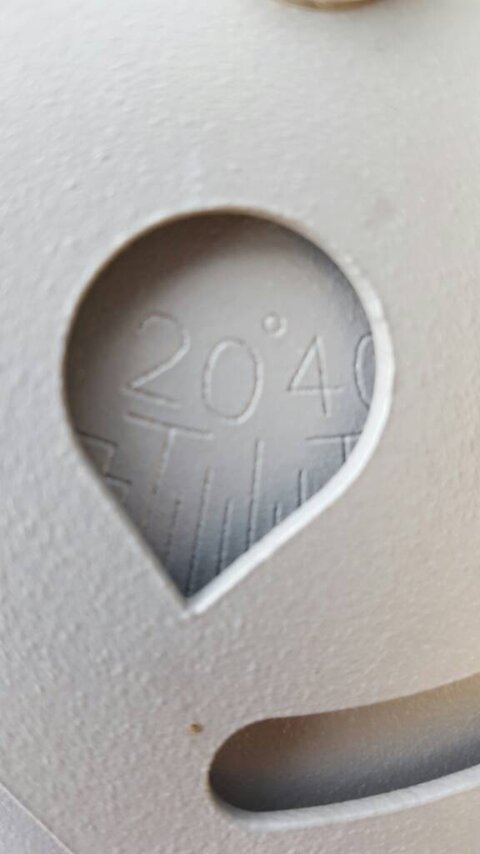58W NHK World TV wasn't coming in very good, so I turned the Dish Elevation down from 27 degrees to now about 26 degrees; making NHK World Signal Quality improve up to 55-56%. I usually leave the C-Band dish parked on 58W. My Dish Elevation is supposed to be 24 degrees, but I think the scale is off. Hopefully this won't affect the other satellite signals too much.  I have to go back to work soon, but getting close to testing out other receivers with these new LNB'S. I will post those results here soon.
I have to go back to work soon, but getting close to testing out other receivers with these new LNB'S. I will post those results here soon. 
Attachments
Last edited:





